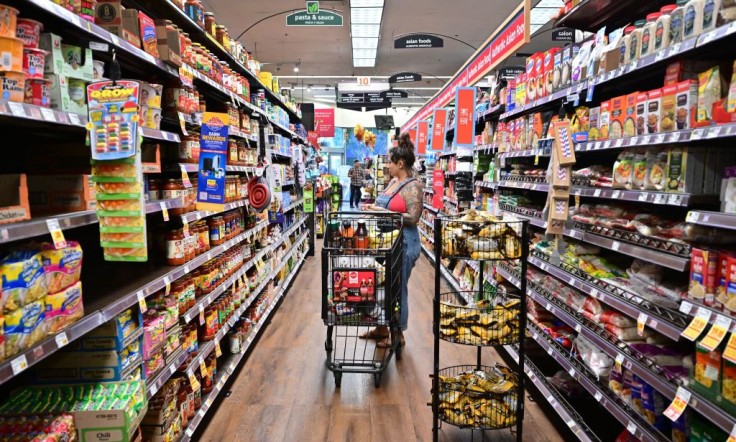
The U.S. is ending its expanded SNAP benefits.
Starting March 2023, millions of Americans will face difficulty affording adequate food as the COVID-19 pandemic program, called the extended Supplemental Nutrition Assistance Program (SNAP), ends.
Congress mandated the change in the budget legislation passed in late December 2022.
This decision will leave many low-income households with less money to spend on groceries, compounding their financial burden.
US ends extra SNAP benefits
According to ABC, to alleviate some of the burdens during the onset of COVID-19, the U.S. government provided extra government help with grocery bills through SNAP to nearly 30 million recipients.
However, as the pandemic wears on, officials have decided to shrink that aid, leaving many low-income families concerned about how they will afford groceries.
To ensure that recipients are not surprised by the changes to the program, officials in 32 states and other jurisdictions have been using various methods to let them know that their extra food stamps will end after February's payments.
These methods include social media posts, flyers, snail mail, texts, and voicemails, all in multiple languages.
This is a crucial step to help recipients prepare for the changes and find alternative solutions to supplement their grocery budget.
This change will mean about $90 less per month for the average recipient, though it could be much more for many.
Benefits will return to their usual levels, based mainly on a household's size, income, and certain expenses. This will undoubtedly put a strain on many low-income households that are already struggling to make ends meet.
According to Axiom, in 17 states, including Arkansas, Alaska, Arizona, Florida, Idaho, Iowa, Indiana, Georgia, Kentucky, Montana, Missouri, Mississippi, North Dakota, Nebraska, South Dakota, Wyoming, and Tennessee, the extra allotments given by SNAP have already ended.
The emergency allotments in South Carolina will expire after the January payment is issued. The extra funding will end with the March benefit for the remaining 32 states, plus Guam, the U.S. Virgin Islands, and Washington, D.C.
Millions of Americans relying on the extra SNAP benefits during the pandemic will have to find other ways to supplement their grocery budget, which is daunting for many low-income families.
SNAP benefits reduce the child poverty rate
SNAP, commonly called food stamps, has long been used by the government to ease hunger and poverty during economic downturns.
Currently, around 41 million Americans are enrolled in the program, which provides essential support to low-income families struggling to make ends meet.
During the COVID-19 pandemic, SNAP tremendously impacted reducing poverty in the United States.
According to The Conversation, a study by the Urban Institute stated that the additional benefits kept 4.2 million people out of poverty at the end of 2021.
The study also revealed that states that continued to offer the extra benefits saw a 9.6 percent reduction in overall poverty and a 14 percent reduction in child poverty.
However, starting March 2023, SNAP benefits will again be distributed based on a sliding scale, with the maximum amount available only to those without income.
While SNAP benefits increased during the pandemic, the temporary expansion's end will reduce aid for millions of Americans who rely on the program, leaving them with less money to put food on the table.
This underscores the importance of SNAP in providing vital support to those facing economic hardship and highlights the need for continued efforts to address poverty and hunger in the United States.